3v-Hosting company Blog
Latest articles in our Blog
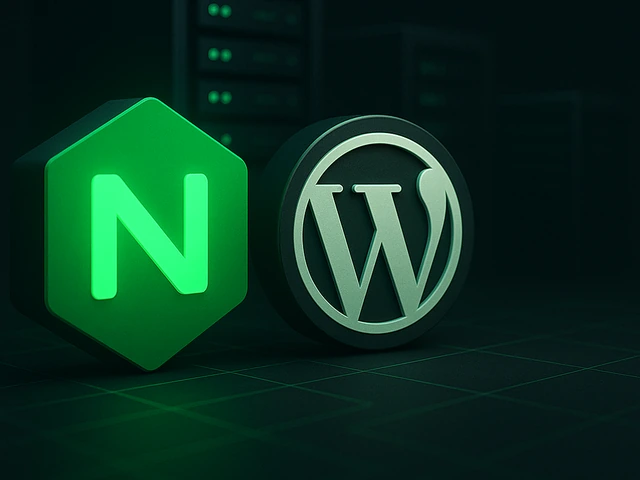
Required Nginx settings for WordPress
Accelerating WordPress at the Nginx level: correct PHP-FPM settings, try_files, static files, caching, Brotli, wp-login protection, and secure headers for stable website performance under load.
Accelerating WordPress at the Nginx level: correct PHP-FPM settings, try_files, static files, caching, Brotli, wp-login protection, and secure headers for stable website performance under load.
Accelerating WordPress at the Nginx level: correct PHP-FPM settings, try_files, static files, caching, Brotli, wp-login protection, and secure headers for stable website performance under load.
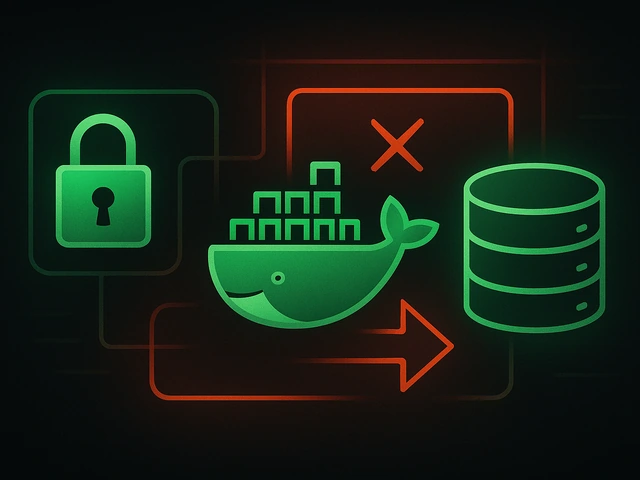
Managing backups for Docker-based applications
Effective backup strategies for Docker applications: how to protect volumes, data, and configurations while avoiding common mistakes, and quickly restore services after a failure.
Effective backup strategies for Docker applications: how to protect volumes, data, and configurations while avoiding common mistakes, and quickly restore services after a failure.
Effective backup strategies for Docker applications: how to protect volumes, data, and configurations while avoiding common mistakes, and quickly restore services after a failure.
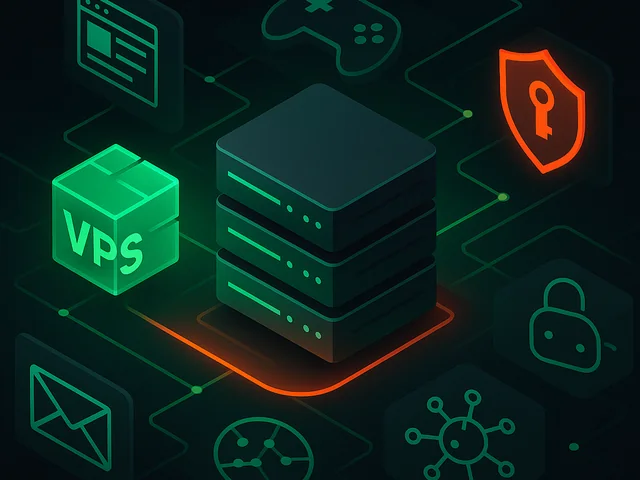
What Is VPS Used For?
A clear guide to what VPS is used for: real cases, examples for developers, business setups, VPN, CI/CD and more. Learn how to choose the right VPS plan.
A clear guide to what VPS is used for: real cases, examples for developers, business setups, VPN, CI/CD and more. Learn how to choose the right VPS plan.
A clear guide to what VPS is used for: real cases, examples for developers, business setups, VPN, CI/CD and more. Learn how to choose the right VPS plan.
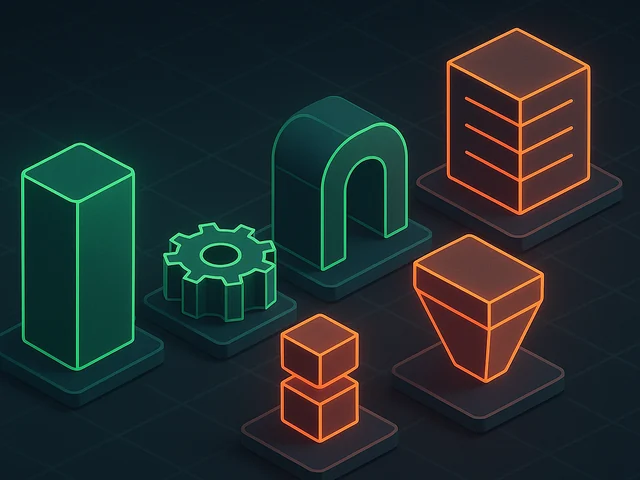
SOLID design principles: the foundation of flexible, scalable, and maintainable code
SOLID principles help create flexible, scalable, and maintainable code. We break down SRP, OCP, LSP, ISP, and DIP with examples and practical recommendations.
SOLID principles help create flexible, scalable, and maintainable code. We break down SRP, OCP, LSP, ISP, and DIP with examples and practical recommendations.
SOLID principles help create flexible, scalable, and maintainable code. We break down SRP, OCP, LSP, ISP, and DIP with examples and practical recommendations.
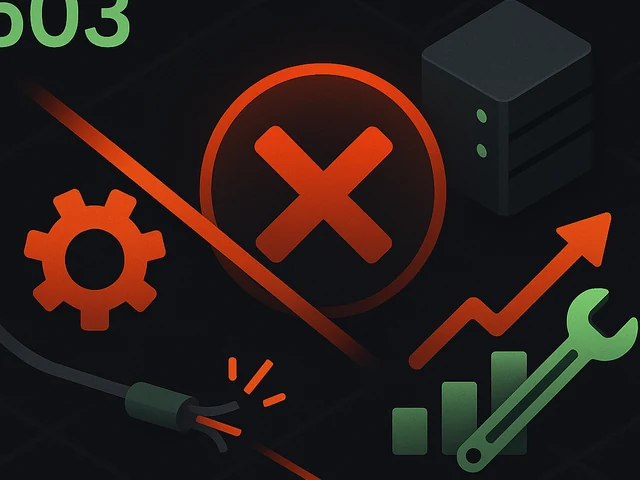
HTTP 503 (Service Unavailable): what it means and how to fix it
HTTP 503 (Service Unavailable) means that your server is overloaded or undergoing maintenance. Find out what causes this error, how to fix it, and how to prevent downtime.
HTTP 503 (Service Unavailable) means that your server is overloaded or undergoing maintenance. Find out what causes this error, how to fix it, and how to prevent downtime.
HTTP 503 (Service Unavailable) means that your server is overloaded or undergoing maintenance. Find out what causes this error, how to fix it, and how to prevent downtime.

Ispmanager Control Panel: Features, Evolution, and Real-World Advantages
Manage your VPS and websites easily with the Ispmanager control panel. Create domains, databases, and backups in one click, monitor performance, and secure your server with built-in modules. Discover why Ispmanager on 3v-Hosting is the perfect solution for developers, businesses, and hosting profes…
Manage your VPS and websites easily with the Ispmanager control panel. Create domains, databases, and backups in one click, monitor performance, and secure your server with built-in modules. Discover why Ispmanager on 3v-Hosting is the perfect solution for developers, businesses, and hosting profes…
Manage your VPS and websites easily with the Ispmanager control panel. Create domains, databases, and backups in one click, monitor performance, and secure your server with built-in modules. Discover why Ispmanager on 3v-Hosting is the perfect solution for developers, businesses, and hosting professionals.
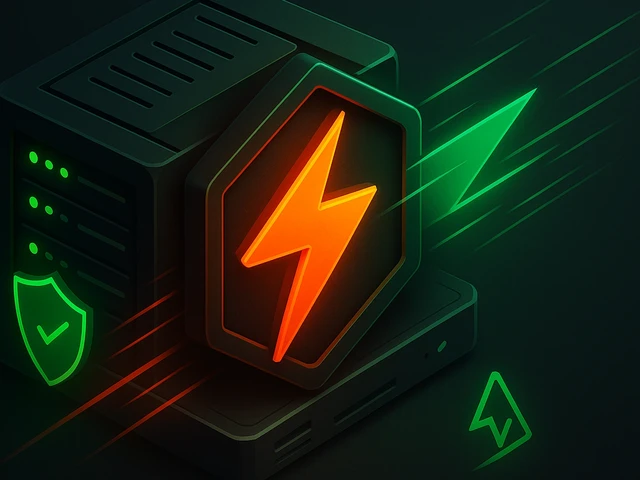
LiteSpeed Web Server and Its Advantages
LiteSpeed has quietly become a serious contender among web servers, combining Apache’s flexibility with Nginx’s raw speed. Thanks to its event-driven architecture, built-in caching, and strong security, LiteSpeed delivers exceptional performance under heavy load - making it a smart choice for devel…
LiteSpeed has quietly become a serious contender among web servers, combining Apache’s flexibility with Nginx’s raw speed. Thanks to its event-driven architecture, built-in caching, and strong security, LiteSpeed delivers exceptional performance under heavy load - making it a smart choice for devel…
LiteSpeed has quietly become a serious contender among web servers, combining Apache’s flexibility with Nginx’s raw speed. Thanks to its event-driven architecture, built-in caching, and strong security, LiteSpeed delivers exceptional performance under heavy load - making it a smart choice for developers, hosting providers, and businesses that value efficiency and reliability.
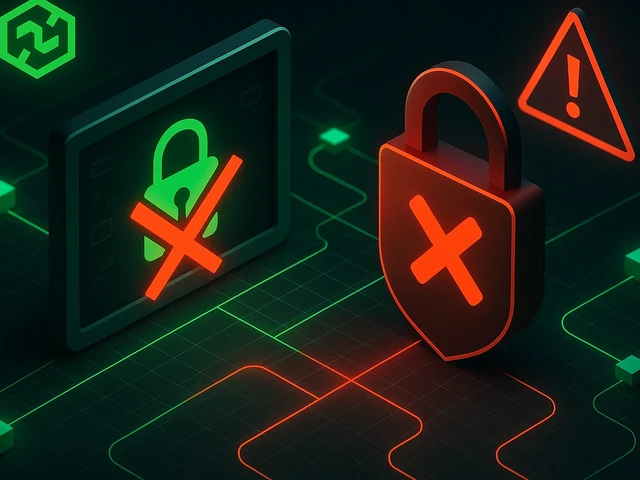
What Is a 401 Error and How To Fix It?
A 401 error means the server refuses access because authentication failed or wasn’t provided. It’s the web’s way of saying “you’re not authorized.” Learn what causes it, how to fix it, and why understanding this error helps keep your site secure and accessible.
A 401 error means the server refuses access because authentication failed or wasn’t provided. It’s the web’s way of saying “you’re not authorized.” Learn what causes it, how to fix it, and why understanding this error helps keep your site secure and accessible.
A 401 error means the server refuses access because authentication failed or wasn’t provided. It’s the web’s way of saying “you’re not authorized.” Learn what causes it, how to fix it, and why understanding this error helps keep your site secure and accessible.
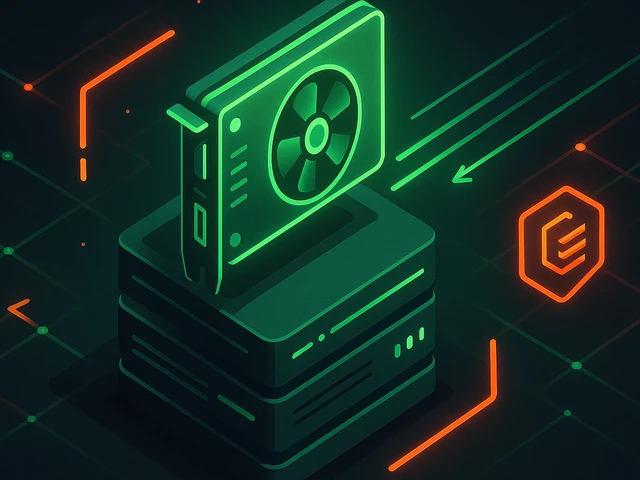
What Are Dedicated GPU Servers and What Are They Used For
Dedicated GPU servers are reshaping the landscape of modern computing - from AI model training and data analytics to video rendering and scientific research. This article explains what GPU servers are, how they differ from traditional CPU systems, and why industries increasingly rely on them for hi…
Dedicated GPU servers are reshaping the landscape of modern computing - from AI model training and data analytics to video rendering and scientific research. This article explains what GPU servers are, how they differ from traditional CPU systems, and why industries increasingly rely on them for hi…
Dedicated GPU servers are reshaping the landscape of modern computing - from AI model training and data analytics to video rendering and scientific research. This article explains what GPU servers are, how they differ from traditional CPU systems, and why industries increasingly rely on them for high-performance workloads. Learn about their architecture, applications, cost efficiency, and the growing global demand for GPU-powered infrastructure.
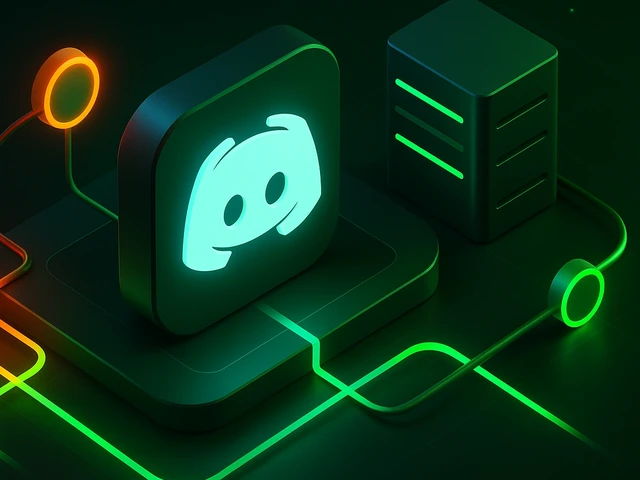
How To Set Up a Discord Server on VPS
Setting up a Discord server on VPS unlocks complete control over your community’s performance and automation. With a VPS, you can host bots, dashboards, or integrations without platform limits — all under your own rules. This guide explains how to deploy, secure, and maintain a Discord server that …
Setting up a Discord server on VPS unlocks complete control over your community’s performance and automation. With a VPS, you can host bots, dashboards, or integrations without platform limits — all under your own rules. This guide explains how to deploy, secure, and maintain a Discord server that …
Setting up a Discord server on VPS unlocks complete control over your community’s performance and automation. With a VPS, you can host bots, dashboards, or integrations without platform limits — all under your own rules. This guide explains how to deploy, secure, and maintain a Discord server that runs 24/7 and scales as your project grows.










